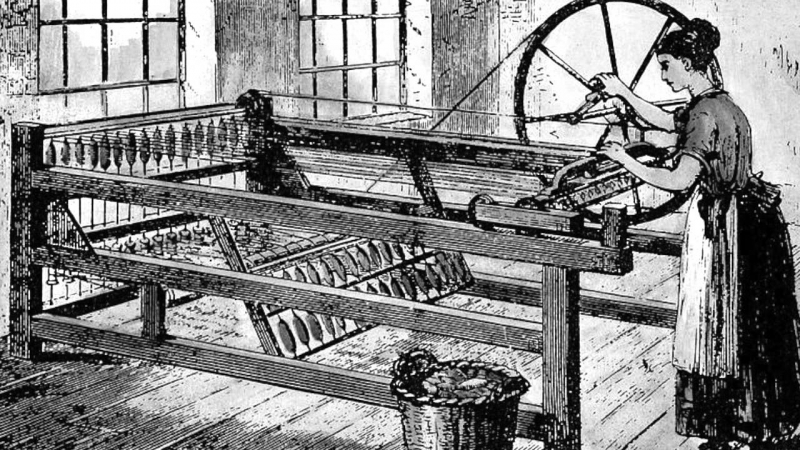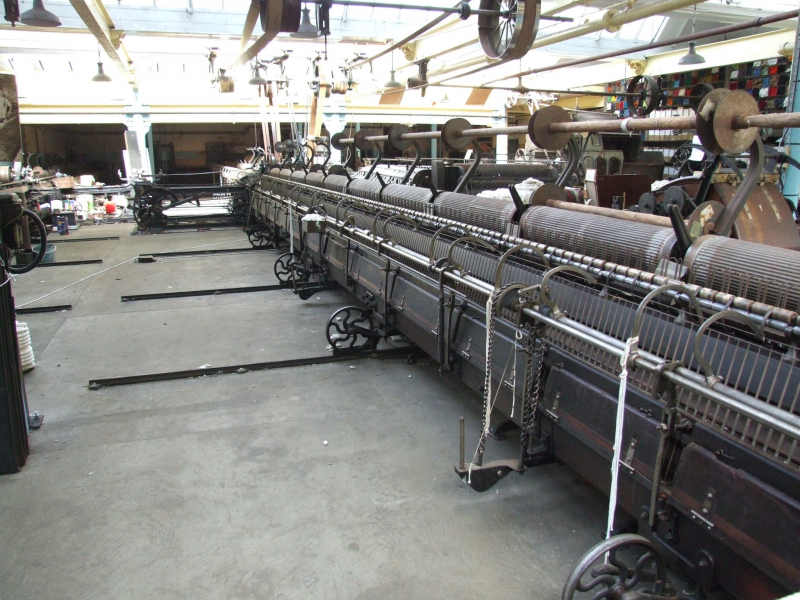Technological Inventions
This acceleration of technological invention produced a plethora of new tools and equipment. It also included more subtle practical advances in areas such as labor, production, and resource utilization. Key inventions and breakthroughs shaped almost every existing field of human activity along industrial lines, while also spawning a slew of new ones.
Agricultural technologies in Western Europe had gradually improved throughout the years. There are some technological inventions, such as the seed drill invented around 1701 by Jethro Tull. Crop rotation and land usage, soil health, the development of new crop varieties, and animal husbandry also advanced. As a result, yields increased steadily, allowing a rapidly rising population to be fed with better nutrition.
Steam engines attained a high level of efficiency and variety in their design in the 18th century, mainly to the work of the Scottish engineer James Watt and his business partner Matthew Boulton. They quickly became the industry standard for British and, eventually, European industry. The steam engine powered mechanized industry manufacturing. Its development removed the necessity for firms to site their plants on or near sources of water power. Large corporations began to consolidate in rapidly expanding industrial cities.
The spinning jenny, spinning mule, and power loom were among the first technological instruments to boost output. Power looms, carding machines, and other specialized equipments were first powered by humans, then by water, and eventually by steam. The cotton gin, invented in the United States in 1793, was another well-known invention. These technological innovations increased cotton cultivation and export from slave states in the United States, a crucial British supplier.
Steam engines were recognized as valuable in locomotion, resulting in the early 19th century birth of the steamboat. After 1825, high-pressure steam engines powered railroad locomotives in the United Kingdom. Railways quickly spread across Europe and North America, eventually reaching Asia in the latter half of the nineteenth century. Railroads grew to be one of the world's most important enterprises as they pushed the boundaries of industrial society.










